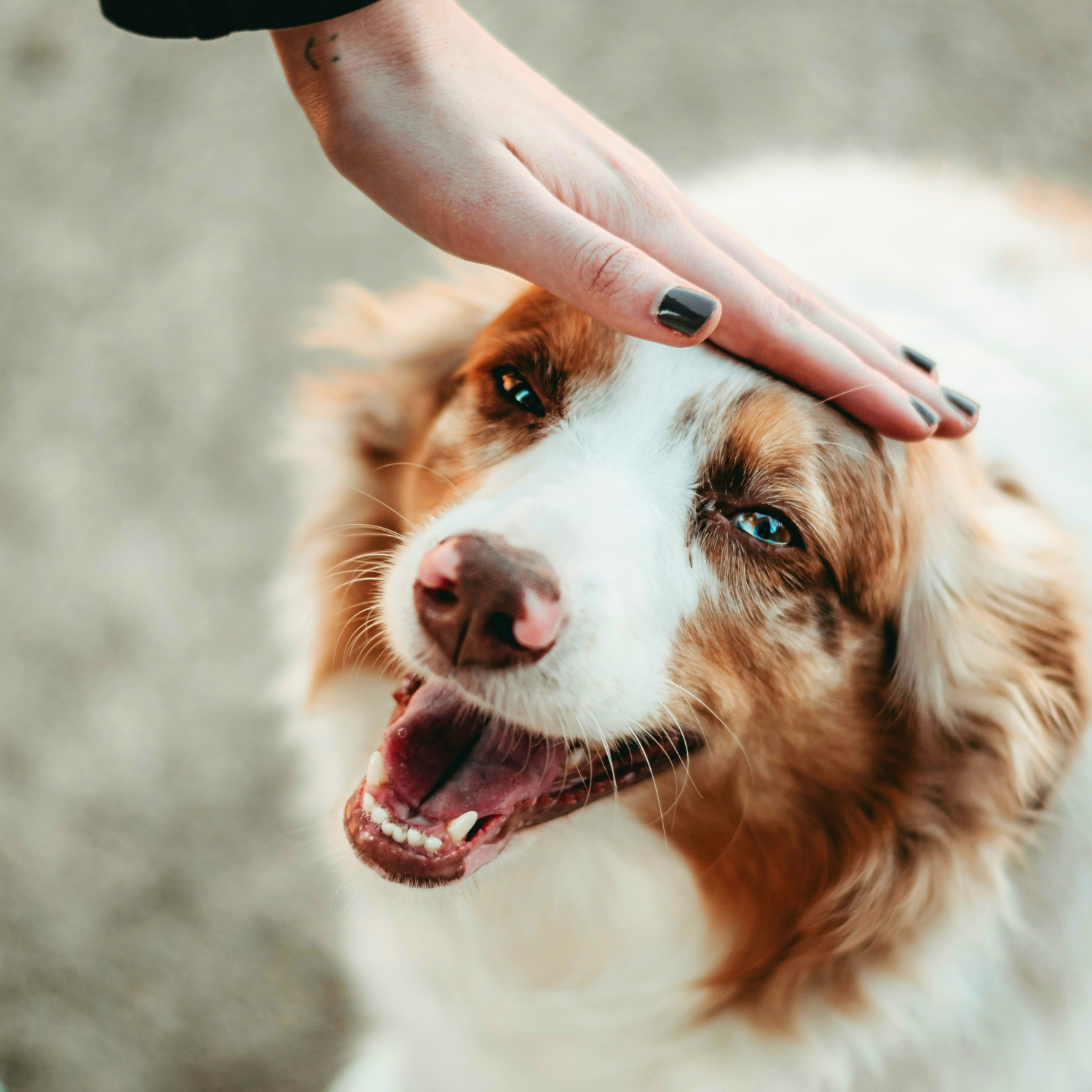How Can You Show Your Animal More Patience Today?
Is your life starting to feel like an endless to-do list? Are you constantly seeking out new apps, techniques, and tips to help you multitask and juggle your hectic days? You’re not alone—it’s a trap many of us fall into more often than we’d like to admit. Our lives are overflowing with things vying for our attention, and as a result, our minds are racing faster than our bodies can keep up.
The Fractured Mind-Body Connection
In this whirlwind pace, one essential skill is quietly slipping away: patience. We’ve become more accustomed to reacting quickly to every stimulus, but less practiced in the art of observation and stillness. Patience isn’t just a virtue; it’s a skill that requires intentional practice. Somewhere along the way, we’ve let it lose its value in our daily lives.
Patience allows us to delay gratification, resist the pull of immediate rewards, and take a more considered approach to challenges. Without it, we remain stuck in a state of constant reactivity, alert for the next issue demanding our attention.
A patient approach recognizes that not everything needs to be solved immediately. Sometimes, solutions unfold if we take the time to be observant, reflective, and present. Patience creates the space to view situations from different perspectives, revealing subtle signals and insights that a reactive mindset might overlook.
Patience and Your Animal: A Mirror to Your Own Emotions
Have you noticed that anxiety and reactivity are common behavioural issues we try to address in our animals? It’s no coincidence. Our animals often act as emotional mirrors, reflecting the same stress, anxiety, and impatience that we experience.
When you find yourself becoming impatient with your animal, take a moment to reflect. Is there an unresolved emotion surfacing within you? Slow down and process what’s really happening.
Instead of rushing to correct your animal’s behaviour, ask yourself: Is there something here that I haven’t yet addressed? Are there emotions—yours or your animal’s—that need attention before the problem can be solved? What solutions or insights might you be missing because you’re focused on achieving an immediate resolution?
Understanding the Root of Impatience
Impatience often stems from discomfort with uncertainty. When your animal tests your patience, pause and ask yourself:
- Am I impatient because I don’t have an immediate solution?
- Is there an unresolved emotion I’m avoiding by trying to rush through this situation?
- What information or cues am I missing because I’m so focused on finding a quick fix?
When we push too hard for a resolution, we risk entering one of three unhelpful states:
- Hyper-motivation: You might think that applying more energy, pressure, or motivation will solve the problem. But this can cause your animal to shift into high-drive, mirroring your intensity without resolving the underlying issue.
- Frustration: You become frustrated by what you perceive as limitations—either in your animal or yourself. Instead of focusing on the resources you do have, you fixate on what’s lacking.
- Anxiety: You freeze. You may start to doubt your own abilities or feel overwhelmed by the possibility that the issue will never be resolved. This anxiety can lead to avoidance or panic, neither of which fosters effective problem-solving.
The Power of Patience in Problem Solving
Patience alone won’t solve every issue with your animal. However, practicing patience—intentionally slowing down, being present, and observing—offers valuable insights into what steps to take next.
Try this exercise today: Ask yourself, where can I show my animal more patience? When do I become impatient, and what emotions am I avoiding in those moments?
Here are a few questions to guide you:
- Am I truly impatient with my animal, or am I impatient with myself?
- Am I eager to move on to the next task or emotion that feels more comfortable?
- What does my animal need from me in this moment?
- What do I need to acknowledge within myself?
- As I slow down, what am I noticing that I may have missed before?
Connecting with Your Animal Through Patience
When you cultivate patience, you not only tune in to what your animal needs, but you also become more aware of your own emotional state. What are you avoiding? What part of your experience requires attention or healing?
Give yourself permission to slow down and notice. Without judgment or criticism, allow this awareness to guide you to the next conscious step forward. It may not be a full solution, but it will be an informed and mindful action—one that benefits both you and your animal.
